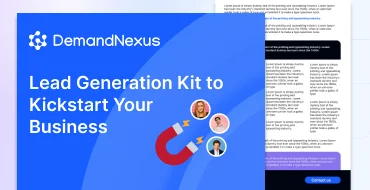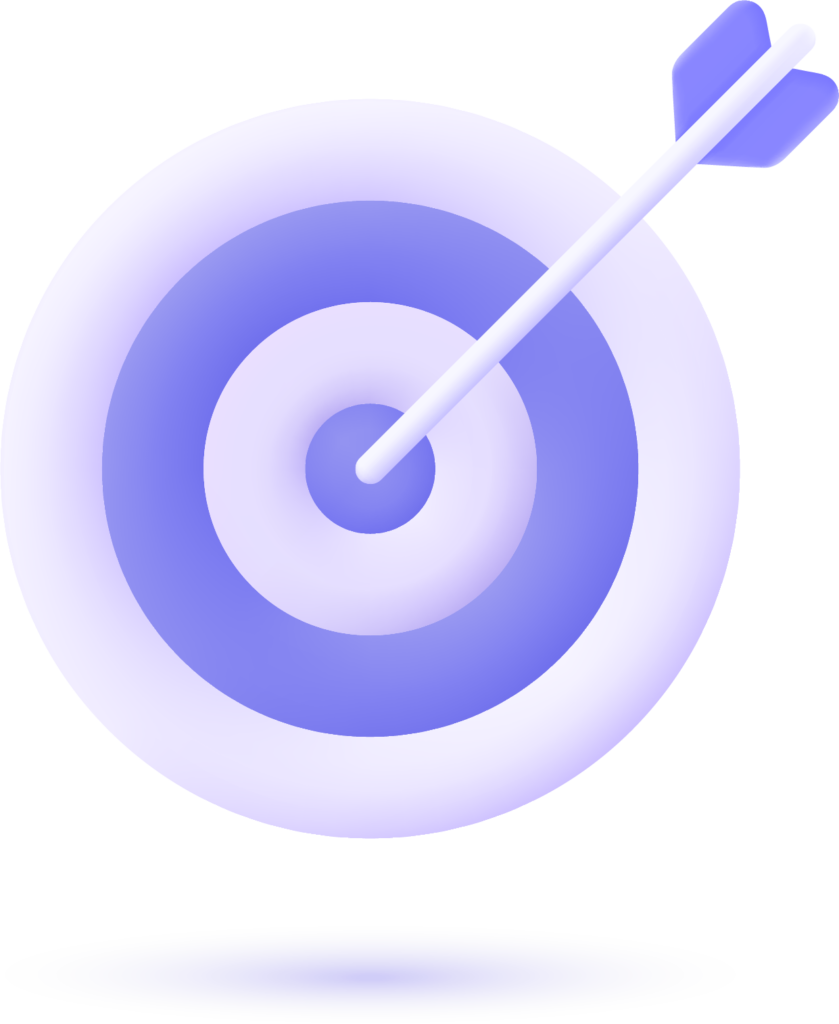Sales leads are the backbone for business growth with which any business would be established. However, all leads generated are not equal. It is important to distinguish between cold, warm, and hot leads; this makes such a huge difference in your sales conversion rates and sales process. This guide will deal with lead type-characteristics and strategies for the conversions of lead into a loyal paying customer.
What are Sales Leads?
Sales leads are the interested potential buyers who have shown a willingness to buy your product or service but have not yet executed a purchase yet. They result from the following marketing policies: social networks, content marketing, and paid adverts. It is helpful to know these sales leads for developing efficient sales processes that help expedite revenue growth.
Define Sales Leads
Sales leads, in the general sense, are potential customers who have indicated a desire to receive your offerings. The intent range from casual contact to a more serious inquires. By acknowledging and classifying the leads, you shall be able to customize your approach further and advance the opportunity of optimizing the sales journey.
Importance of Knowing Lead Types
Understood the lead types; knowing the difference between those leads could be cold, warm, or hot. Not all leads are created equal. Not all leads are hot to buy. All leads are not hot or ready. Not all engagement levels within a lead are the same. The ability to make this differentiation means you’ll be able to focus your efforts and resources much better on getting the greatest chance of conversion.
Lead Types: Characteristics and Challenges
Cold Leads
Cold leads are those prospects that have expressed a minimal or no interest in your product or service. They also might not know your brand. Major problems include these two:
- Awareness: Cold leads require education over your product using content marketing and social media ads.
- Trust: Winning the cold sales lead requires a tactical approach to nurturing and engagement.
Warm Leads
Warm Leads, they have some interest, but they are not ready to buy yet. They may be in the consideration stage. Problems with this are:
- Nurturing: Lead nurturing through email marketing and individual interaction is beneficial for moving them along the sales funnel.
- Concerns Addressed: By understanding the pain points and bringing a solution, you are able to convert them as hot prospects from warm leads.
Hot Leads
Hot leads are those who are decision-ready, and who actively seek a solution. They are generally at the top of the value chain. Challenges include:
- how to overcome objections; it is a ‘must-do’ to dissipate the last remaining objections through direct outreach and free trials,
- Ensure the sales experience is smooth and slick enough to close deals,
Understanding the Lead Spectrum
The lead spectrum ranges from cold to hot and involves a number of the sales cycle stages. Identifying which phase of the spectrum the lead is in helps qualify the lead through the adjustment of marketing strategies and sales approaches. Leads can shift phases, so it should constantly be assessed and readjusted.
Lead Qualification: The BANT Method
BANT are the initials that refer to the lead qualification method, which uses the following criteria:
- Budget: Do they have the financial capability to invest in your product?
- Authority: Are they decision-makers or influencers in their organization?
- Need: Does your product serve a specific need for them?
- Timeline: What is their timeline for making a purchase?
Using this process helps the sales force focus on the most promising leads and concentrate one’s effort where it is necessary.
Lead Classifications: Using CRMs
Customer Relationship Management (CRM) systems play an important role in organizing and classifying leads. These resources include:
- Lead Management: Follow leads all the way down the sales funnel and classify them according to their preparedness to make a purchase.
- Prioritization: Utilize CRM tools in order to identify those areas with maximum potential leads by ensuring resource and effort concentration.
CRMs usually hasten up the sales process and increase productivity by simplifying the manner of organization of leads.
Marketing according to Lead Types
Marketing to Cold Leads
Cold leads could be targeted by,
- Awareness: Create content on a social media platform and focus on engagement which would introduce the brand.
- Teaching: Provide them with some productive knowledge and satiate the potential lead’s interest.
Maintaining Warm Leads
All the right method to generate warm leads encompasses the following techniques:
- Email Marketing: Keep sending emails to them with highly personalized and relevant content to keep them involved.
- Lead Scoring: Rate his or her interest level, and then you take action based on the degree of interest of this lead.
- Customized Content: Create content based on topics related to their interests and problems.
Becoming Hot Sales Leads
Warm sales leads require the following:
- Personalized Outreach: Tailor the approach that is based on their needs and preferences.
- Demos and Trials: Provide trials or demos for easy decision-making.
- Sales Experience Flow: The buying process should be smooth to boost customer satisfaction.
Preventing Leads from Going Cold
Lead Engagement Techniques
Sustain the leads and prevent them from going cold:
- Consistent Communication: Engage through calls and follow-ups.
- Tailored Content: Provide content that is relevant to their interests and needs.
- Follow-ups at the Right Time: In order to address queries and doubts of customers in time to keep them sticked to your product or service. Thus maintaining as well as increasing the lead efficiency.
Warmming Up of Cold Lead
Re-engage cold leads include:
- Re-targeting: Revive the interest again through ads and campaigns.
- Re-engagement Campaigns: Introduce them to special offers or new content to grab their attention again.
- Personalized Outreach: Have a conversation with a message that will specifically speak to their needs at this time.
Hike in Close Rates
Prospect Conversion Tips
- Know the Needs: Identify and address the exact need of prospects and their pain areas
- Diffuse Concerns: Deal with objections beforehand to provide solutions.
- Provide Value: You have to provide very clear and strong value propositions in order to get them converted.
Strategies to Closing Deals
- Create Urgency Use time-sensitive offers to encourage a quicker decision.
- Assuage Objections Address any other lingering concerns with specific answers.
- Seamless Experience Ensure the buying process is smooth and hassle-free.
Conclusion
Any successful sales strategy will require a good understanding of cold, warm, and hot leads. Recognizing these types of leads and managing them in a proper way can better improve the sales process, increase conversion rates, and drive business growth. Lead qualification, nurturing, and conversion are the key drivers of maximizing success and revenue.



